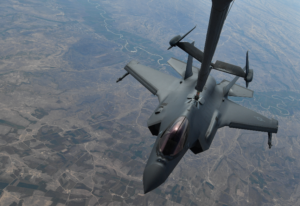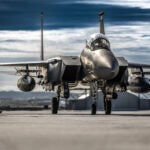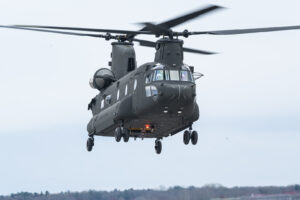
House appropriators are considering providing the Air Force with 68 new fighter jets in the fiscal year 2020 defense bill, while cutting funding for several high-profile next-generation research-and-development programs. The House Appropriations Committee released its FY ’20 defense budget report May 20, which includes $17.8 billion for Air Force procurement, over $1 billion more than the presidential budget request and a 4 percent increase over the enacted FY ’19 dedicated funds. The plus-up reflects 12 additional Lockheed Martin [LMT]-built F-35A Joint…

 By
By 











